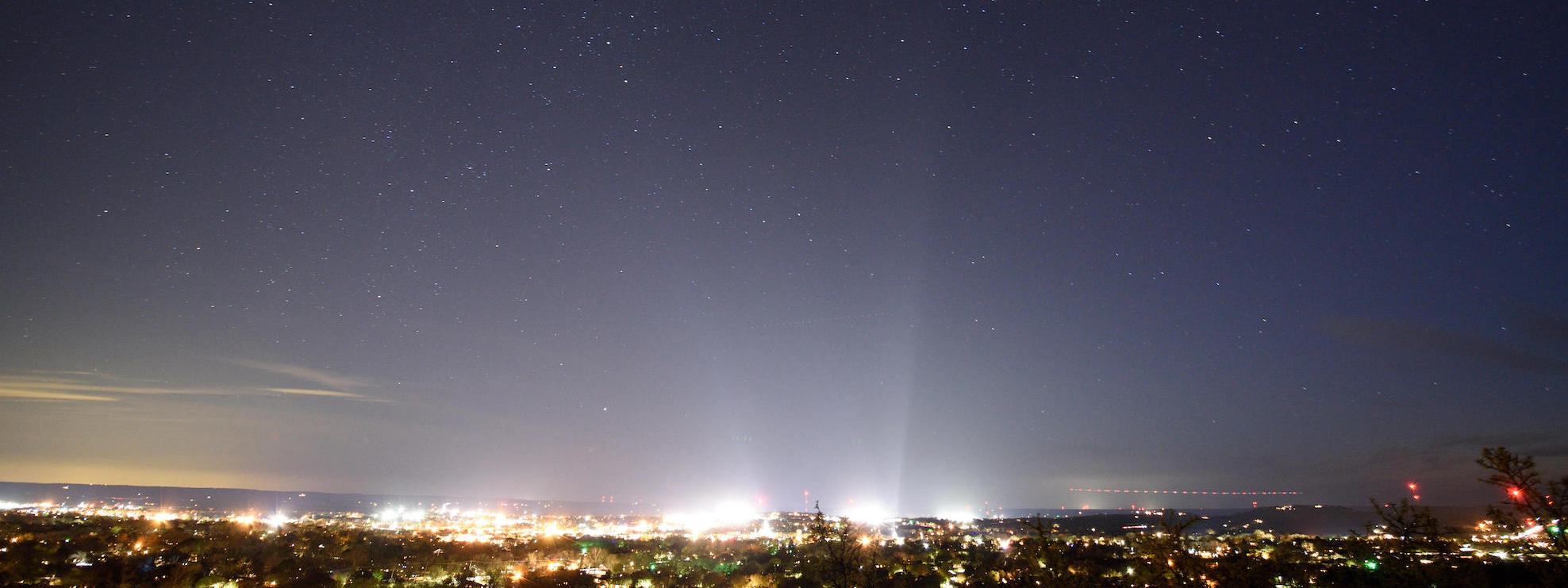It is a must-do on a visit to Cairo to take a felucca ride on the Nile. The centuries-old vessel remains so widely used that one can find numerous iterations bobbing along the shores of the river clustered through the bustling expanse of the city, further south between Luxor and Aswan, down past Lake Nasser into Sudan, and north toward the mouth of the Mediterranean. Some are larger, some smaller, single sail or multiple, some barebones and rickety, others luxuriously outfitted with cushions and fine linens, offering rides for anywhere from a few Egyptian pounds to several hundred.
Muhammad Ali, Egypt’s ruler from 1805–1848, and widely regarded as the founder of modern Egypt, had a fleet of felucca stationed on the Red Sea to deliver supplies to his troops as they battled the army of the First Saudi State, or Emirate of Diriyah.
In Cairo, there are few better ways to catch a relatively peaceful glimpse of a city that epitomizes chaos. Waterways can get crowded, particularly in the evening, but are never a match for the traffic of the bustling streets where donkeys, horses, tuk-tuks, BMWs, and veritable automotive museum pieces like the ubiquitous 1970s Peugeot 504s, share narrow streets in a never-ending display of dysfunctional choreography.
Remnants of the city’s more affluent years lay beneath layers of dust, ornate Parisian facades degraded by pollution and time.
It is a common pastime among Egyptians and foreigners alike to catch a felucca ride as the sun sets on the horizon, when the dense smog manipulates the vibrant colors and makes usually blinding sun accessible to the naked eye—perhaps a mistake but often too breathtaking to look away. The shallow boats, propelled by oar and sail, keep the passenger near to the water floating slowly. A keen observer can catch detail they might otherwise miss.
I have gone on many felucca rides in Cairo over the years. Most recently I departed with some friends just before sunset from a creaky dock opposite the Four Seasons Hotel near the downtown core. For me, as for many, Cairo’s landscape is a beautiful battle-scarred mess. Remnants of the city’s more affluent years lay beneath layers of dust, ornate Parisian facades degraded by pollution and time. Some have been restored, giving new life to structures that once helped make Cairo “The Most Beautiful City in the World.” But even those in relative ruin can be returned to their former glory if one employs a little imagination. As we float along the mostly hotel-lined banks of the Nile, memories of years gone by pop up one after the other. I have visited Cairo frequently since before I could walk and the frequent trips have given me a unique ability to very clearly—albeit observationally—monitor the changes the city has seen over the last several decades. The crowding, the pollution, the intense urban sprawl.
Perhaps memories also resurface more poignantly along the banks of the Nile because of the pure intensity of the sensory experience as one bobs along the river. We interact with those on board, passing fishing boats, water taxis, and other vessels for leisure and transportation. As evening encroaches, bright multicolored flashing lights affixed to hulls and canopies reflect on the dark water. Classics from Om Kalthoum or the distinctive sharp tones of Shaabi music blare from overused speakers. Strong smells also emanate from every direction—sometimes the smells of hot oil and cooking meat, but more often some variant of the smell that fills your nostrils when next to a polluted body of water.
It is hard to take a ride along the Nile without reflecting on the challenges Egypt is facing with water.
It is hard to take a ride along the Nile without reflecting on the challenges Egypt is facing with water. Pollution, inefficient irrigation, wastewater management issues, population growth, and the heavy reliance on the river by the water-stressed country has for many years affected those living near the longest river in the world and been of great concern to the local government, conservationists, and international bodies alike.
Egypt has very few fresh water sources, several of which have become unusable. Lake Qaroun in the governorate of Fayoum is one such body of water. A year ago on a family trip to the famed oasis, which boasts—among other things—a prehistoric whale graveyard accessible only by 4×4, we embarked on another felucca ride on the salty lake.
As we walked down toward the dock, sandbags lining its marshy shore, a thick smell of sewage interrupted our enjoyment of the stunning landscape. A weathered but sturdy man and his young son welcomed us aboard their rickety boat. The ride was comically short. We were pushed out and rowed no more than one hundred meters toward the center of the 250-square-kilometer body of water, and then our skipper turned back. During our brief interaction, he spoke with sadness of the demise of the famous lake, once dubbed by the ancient Egyptians as “the great lake.” High levels of salinity, the result of improper drainage, and pesticides from agricultural runoff have killed off nearly all aquatic life, and efforts to introduce saltwater fish have ended in disaster. Some fishermen have reported their catches are only ten percent of what they used to be, while others, like our captain, say their nets have become empty, telling stories of large numbers of dead fish floating to shore.
The decline in fisheries has also become a problem on the Nile, where registered fishing boats have increased by 900 percent since the 1980s, many are unable to make an adequate living. This has been compounded by concerns of heavy metal and other contamination. Above all, perhaps the greatest threat to the country is water scarcity, with the Nile river accounting for approximately eighty five percent of fresh water to the country. Egypt’s water deficit, which is currently 30 billion cubic meters annually, is expected to increase substantially in the coming years. This will be exacerbated when the Grand Ethiopian Renaissance Dam, currently under construction, becomes operational. Some projections indicate the dam will reduce the fresh water flowing upstream to Egypt by twenty five percent. The country is investing billions in better agricultural irrigation systems and desalination plants, but water will undoubtedly remain a major issue in the years to come.
The Nile is Egypt’s life source. It has sustained civilization since the time of the pharaohs. The river is so central to the character of Cairo, and Egypt more broadly, that it feels like the major artery sustaining the pulse of the city and country. Its regal nature may be stunted in part by the damage done by those living alongside it, the view obstructed by clumps of disintegrating plastic caught along the banks, but one cannot deny the utter beauty of the vibrant green fields dotted along its shores, nor the electricity of Egyptian life and culture as it is carried out on and around the great river.
Contributor
Sarah El-Shaarawi is a writer and media consultant based between Toronto and Cairo. She is managing editor of Arab Media & Society and a contributing editor at Africa is a County. Her work has also appeared in Newsweek Middle East, Foreign Policy, The National, and Cairo Review of Global Affairs, among others.



